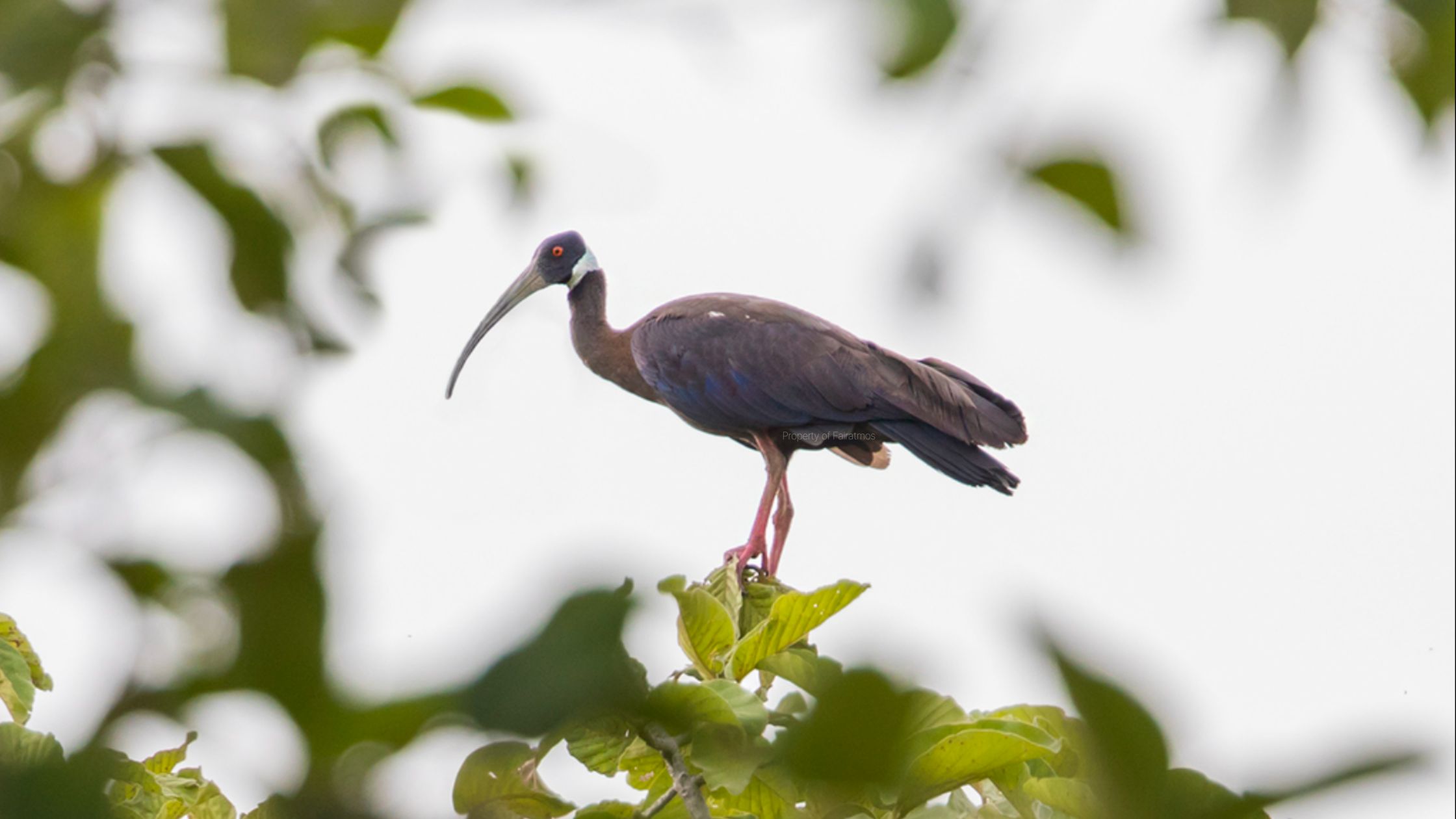How Individuals Can Protect and Promote Biodiversity
Science

Biodiversity is the foundation of life on Earth. Unfortunately, many people still underestimate its importance. In reality, biodiversity supports clean air, safe drinking water, fertile soil for agriculture, and climate stability. A healthy ecosystem also provides diverse food sources, ensures human nutritional security, and protects communities from the impacts of climate change.
Beyond that, biodiversity enriches our lives culturally, recreationally, and spiritually. Humanity’s relationship with nature grows stronger when we maintain balance in our ecosystems. That’s why understanding how to preserve biodiversity is a crucial step toward a more sustainable future.
So, what can individuals do to help protect biodiversity?
1. Increase Knowledge and Awareness
The first step is education. By learning about local species, unique ecosystems, and the threats they face, we become more mindful of how to protect them. Simple actions include reading, attending environmental seminars, or planting native species at home. For example, growing ground cover plants not only beautifies your yard but also improves soil health and supports food security.
2. Support Environmentally Friendly Products
Every consumption choice impacts nature. Choose products sourced sustainably with responsible supply chains. Reducing single-use plastics, carrying a reusable water bottle, and composting food waste are small lifestyle changes that make a big difference. Remember, simple everyday habits can help protect biodiversity.
3. Practice Responsible Tourism
When traveling to natural areas, avoid activities that harm ecosystems. Don’t feed wildlife, don’t litter, and support local conservation efforts. Oceans, for instance, are a vital food source for billions of people. If marine ecosystems collapse due to pollution or overexploitation, future generations risk losing this essential source of nutrition.
4. Reduce Waste and Conserve Water
Overconsumption, such as fast fashion, produces massive waste and water use. Its production often damages ecosystems in biodiversity-rich areas. By buying only what we need, reusing clothing, or choosing durable products, we help reduce pressure on ecosystems and contribute to biodiversity conservation.
5. Engage in Community Action
Community involvement is key. Joining tree planting, clean-up drives, or recycling programs are tangible actions anyone can take. These activities not only help restore habitats but also nurture a sense of collective responsibility for protecting ecosystems for future generations.
Fairatmos’ Role in Supporting Biodiversity
At Fairatmos, we believe protecting the planet is not just about capturing carbon, it’s also about preserving ecosystems rich with life. Through AtmosWatch, we provide transparent insights into species found in project areas, their threat status, and recorded sightings. With this technology, conservation efforts can become more measurable, transparent, and impactful for everyone.
🌱 Conclusion
Every action, no matter how small, plays a big role in sustaining life on Earth. By increasing awareness, making sustainable consumption choices, traveling responsibly, reducing waste, and engaging in community efforts, we can all be part of biodiversity conservation.
Visit the AtmosWatch page to see how our technology helps protect species and ecosystems. Let’s work together to safeguard the planet because a sustainable future begins with the actions we take today.
🌍 Time to Act Together
Real change doesn’t only come from big institutions it starts with landowners, communities, and investors who are willing to take action.
🌱 With AtmosDev, landowners can transform their assets into carbon projects that protect biodiversity while also generating economic value. Learn more about AtmosDev
💼 With AtmosFund, investors and buyers can support trusted carbon projects that directly benefit ecosystems and local communities. Invest with AtmosFund
Together, we can make biodiversity conservation a lasting legacy for future generations.

